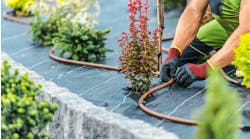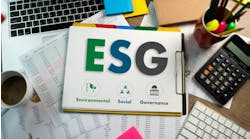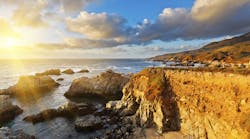SAN DIEGO, CA. — The U.S. Green Building Council (USGBC) announced today the availability of a new path forward for California project developers seeking LEED (Leadership in Energy & Environmental Design) certification. This announcement comes in the midst of USGBC’s annual midyear conference for community leaders, Convergence, taking place from June 28–July 1 in San Diego.
Starting July 1, nonresidential projects in California subject to the mandatory 2013 California Green Building Standards Code (CALGreen) requirements will be able to use an alternative documentation path for LEED. CALGreen is the nation’s first statewide mandatory green building code, covering nearly all residential and nonresidential construction in California. This new path will make beyond-code green building leadership even more accessible as the state continues to set more aggressive targets for energy and water efficiency.
“From public policy to volunteer engagement to business actions, California is a standard bearer for excellence in green building market transformation,” said Rick Fedrizzi, CEO and founding chair, USGBC. “As we come together as a community of experts, professionals, advocates and leaders for Convergence in San Diego this week, we are proud to offer more streamlined ways for projects to demonstrate green building leadership in California.”
The alternative documentation path outlines a set of documents that projects may provide in lieu of standard LEED documentation in order to demonstrate LEED compliance. The alternative documentation path will be available for use with measures related to indoor water use reduction, refrigerant management, the storage and collection of recyclables, construction waste management and the use of low-emitting paints and adhesives.
“The development and release of this set of alternative documentation pathways is a significant step in the co-evolution of LEED and green building codes,” said Jeremy Sigmon, director of Technical Policy, USGBC. “Leveraging California’s code infrastructure and the obligations of licensed professionals to adhere to the laws of the land, these new streamlined documentation options offer cost savings to project teams while maintaining the quality and rigor of LEED. In turn, projects already designing and building to the CALGreen code will find LEED and its many benefits more readily within reach.”


